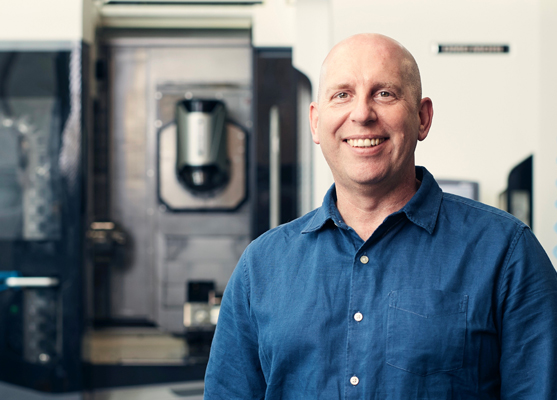Realising the potential of our sovereign manufacturing capability
To bolster Australia’s sovereign manufacturing capabilities and capacity, we need to focus on developing industry sectors where Australia has a comparative advantage and where manufacturing acts as an enabling capability. In this article, David Chuter shares different approaches how we can achieve this.
The concept of sovereign manufacturing capability has become a hot topic in Australia, and rightfully so, as the double hit of the pandemic and geopolitical issues has exposed significant gaps in Australian manufacturing capability and capacity.
‘Sovereign capability’ was a phrase more typically associated with specific industries, notably the defence sector. Now, in the face of international volatility, it is more commonly used to describe the building of Australia’s national scale, depth and resilience.
To succeed in this endeavour, we need to focus on developing industrial capability in specific, targeted sectors where we have a comparative advantage (including through access to local inputs and resources) and where manufacturing acts as an enabling capability.
We need to understand where we are different from other developed and industrialised nations and accommodate this in our policies, strategies, and investments.
This requires accepting that we can’t make everything domestically. As a nation of less than 30 million people, this would be neither economical nor feasible, and may also distract and dilute investment into areas where we can become global leaders, such as clean and new energy solutions, health and medical manufacturing, food, critical minerals value adding and specialised areas such as space and defence.
While we have pockets of manufacturing excellence and exemplars across the nation, most of our manufacturers are micro-businesses focusing primarily on production.

